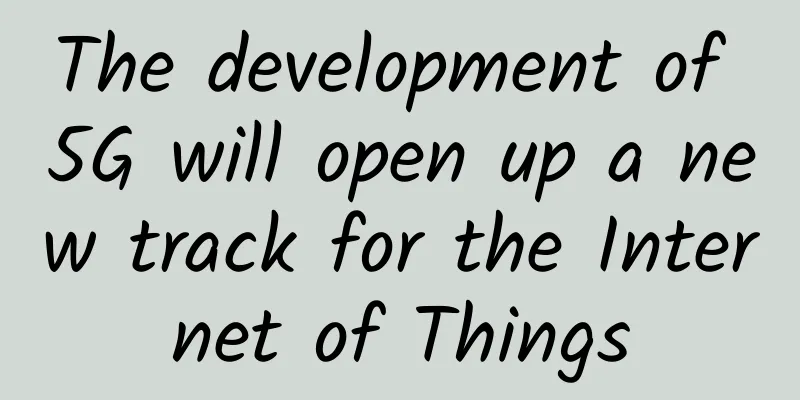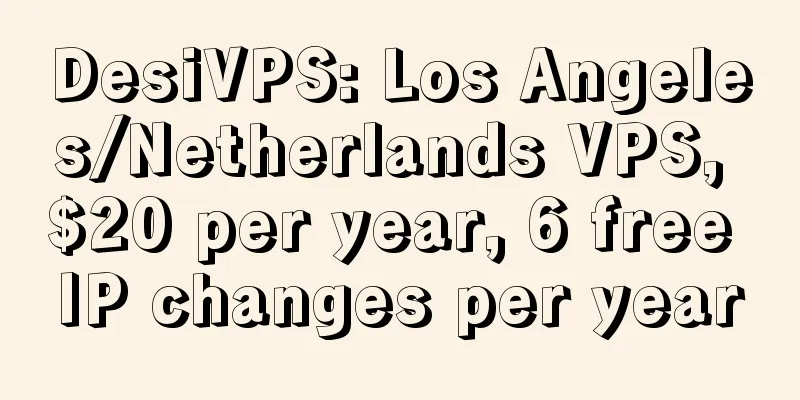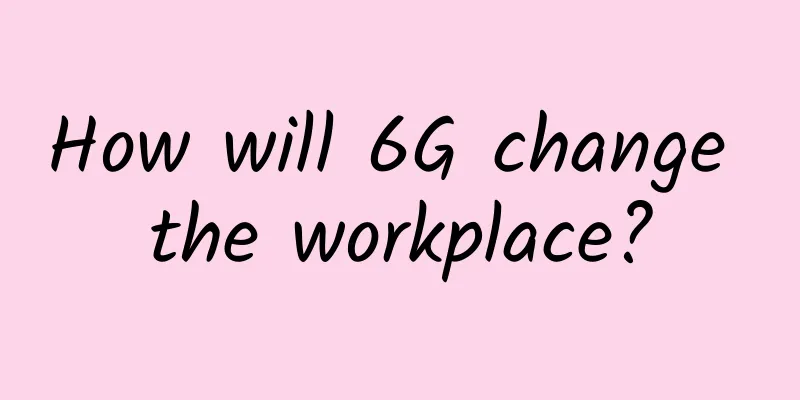The development of 5G will open up a new track for the Internet of Things

|
The Ministry of Industry and Information Technology plans to build more than 600,000 5G base stations in 2021 to accelerate 5G deep coverage in major cities. This means that 5G network construction will accelerate again in the new year.
As 5G infrastructure gradually improves, new space and opportunity windows for 5G applications will be opened. Among them, the Internet of Things will fully unleash its potential in the 5G era. If the era before 5G was the Internet, in which people were the objects of connection and service; then the era after 5G is the world of Internet of Things, which expands the objects of information network connection and service from people to objects, in order to realize the "Internet of Everything" and "Intelligent Internet of Everything". 5G networks will give the Internet of Things low-latency, high-speed, and multi-terminal interaction capabilities, and will seamlessly integrate with cloud computing, artificial intelligence, blockchain technology, etc., enhancing the role and value of the Internet of Things and opening up various new application scenarios. Against this backdrop, the scale of my country's Internet of Things industry has grown beyond expectations. According to monitoring data, the number of IoT connections was 800 million in 2010, but in the following 10 years, the number of IoT connections has grown rapidly. According to the GSMA's "Mobile Economy 2020" report, the total number of global IoT connections reached 12 billion in 2019, and it is expected that by 2025, the total number of global IoT connections will reach 24.6 billion. At the end of 2019, China had become the world's largest IoT market, with 960 million of the world's 1.5 billion cellular network-connected devices coming from China, accounting for 64%. The number of IoT connections is growing exponentially, and the output value of IoT is also rising. At present, the global output value of IoT is about 15 trillion US dollars, and its average growth rate is nearly 23%. It is expected to reach 30% after 2021, and by 2025, the global output value of IoT is expected to reach a market volume of 30 trillion yuan. Among them, China is the country with the most IoT application practices and the largest scale of innovative development. China accounts for about 1/4 of the global IoT output value. As the Internet of Things technology has penetrated into all areas of social life and production, various emerging applications have emerged one after another. Among them, in the field of social life, the Internet of Things has begun to gradually become popular in the fields of consumption and smart city applications. For example, applications in the consumer field include wearable devices, smart homes, smoke detectors, smart hardware, health care and elderly care, etc. The construction of the smart city Internet of Things is based on the city's three-dimensional information collection system of the Internet of Things. Typical applications include smart water meters, smart gas meters, electric vehicle monitoring, smart fire protection, etc. At present, the number of typical application connections of the Internet of Things in my country's consumer and smart city fields exceeds 10 million, forming a market worth hundreds of billions of yuan, and has begun to develop in depth into other industries, such as various tracking products, trackers for the elderly and children, asset trackers, temperature and humidity monitors for some agricultural greenhouses, blood pressure and pulse monitoring and other medical products, and other NB-IoT application scenarios are emerging in an endless stream. In the future, the application of the Internet of Things in vertical industries will continue to expand to the B-side, and will be deeply integrated with traditional industries such as the Internet of Vehicles, industry, medical care, agriculture, and meteorology to form an industry Internet of Things, providing the necessary infrastructure and key elements for industry transformation and upgrading. Especially in the field of industrial Internet, the potential of the Internet of Things will be fully released. 5G+Internet of Things can better help industrial enterprises to promote the digitalization, networking and intelligentization of production enterprises, and promote the extension from peripheral production links such as logistics and monitoring to internal links such as simulation and control, so as to continuously expand the depth of application. |
<<: Let's talk about the time-consuming TCP connection
>>: On-Prem vs. Colocation vs. Cloud vs. Edge: Pros and Cons
Recommend
Detailed explanation of the three major communication methods between microservices: Gateway API, RPC and SideCar
[[442456]] 0. Introduction I believe everyone is ...
Competition and Cooperation among the Three Major Industrial Internet Camps
"Short-term cooperation, long-term competiti...
10g.biz Hong Kong CN2 VPS simple test
A group friend asked about the information about ...
ByteHosting: €3.99/month KVM-4GB/30GB/1TB/Frankfurt, Germany
ByteHosting is a foreign hosting company establis...
Want to port your number smoothly? Here is a guide to porting your number
Since the official implementation of the "nu...
RackNerd: Los Angeles AMD Ryzen+NVMe series Windows VPS restock starting at $60/year
RackNerd recently restocked the DC02 (MC Data Cen...
From trials to use cases, the big 5G stories of 2017
In 2017, 5G gradually moved from the laboratory t...
Why are there so many different communication protocols in industrial sites?
This is a big question, so I will briefly talk ab...
Inspur Networks launches new Wi-Fi 6 products to enable the era of fully “wireless” IoT
On June 22, Inspur Networks held a Wi-Fi 6 new pr...
Don’t just focus on 5G MEC, take some time to look at the MEC application scenarios in 4G
Mobile edge computing (MEC) has attracted a lot o...
CloudCone: Los Angeles CN2 GIA line server 15-100M unlimited traffic starting from $82/month
I have shared information about CloudCone many ti...
How to use WireShark to capture packets and see through network requests
[[385882]] This article is reprinted from the WeC...
Once together, now separated, 5G baseband will connect everything
2019 is the first year of 5G, but SoC and 5G base...
Deployment of the next generation ultra-broadband access network in the 5G era
In the 5G era, the demand for ultra-broadband acc...









